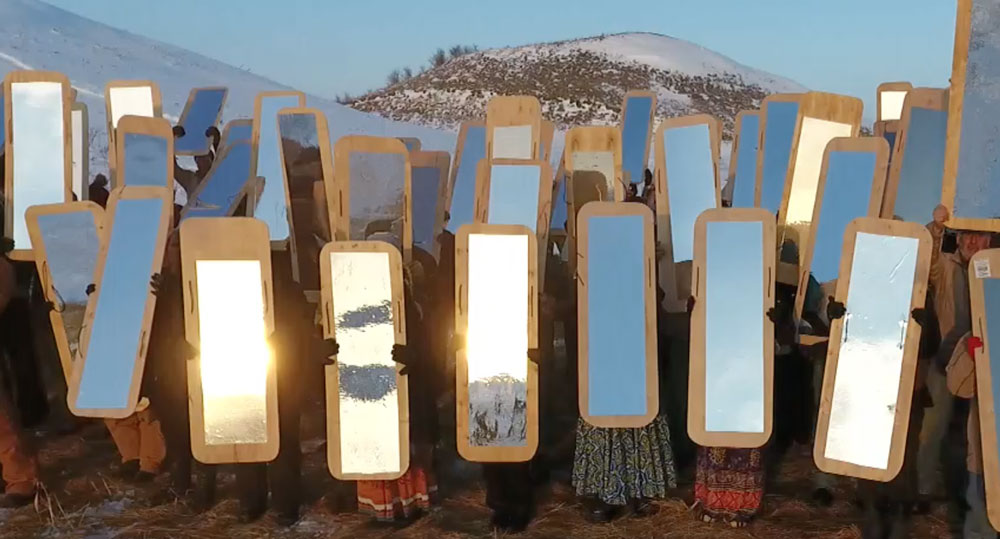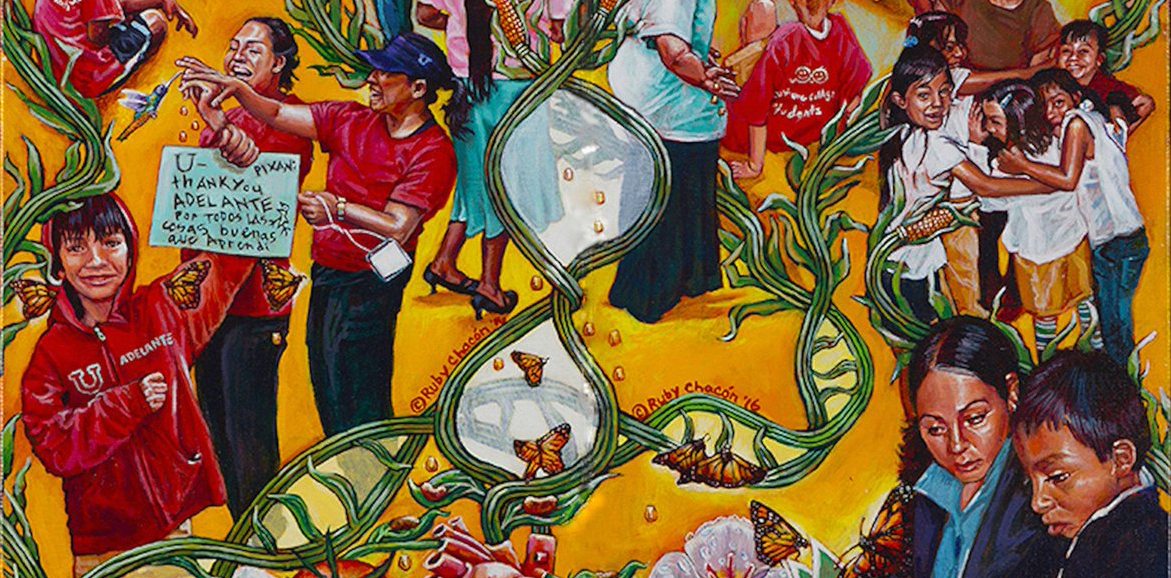The one year anniversary of Michael Brown’s murder has many of us looking back in wonder at the powerful social movement that has coalesced over the past three years. Neither police violence in Black communities nor resistance to that violence are new. But something new has emerged: a new focus for anger and despair, a new source of critical hope, a new catalyst for social imagination and creativity. There are surely many reasons that a movement has developed at this particular moment. The wide availability of cameras on phones has been a key factor. But another factor has certainly been the skill with which organizers have deployed symbols, hashtags, chants, metaphors, and images in order to communicate — quickly and powerfully — the underlying values and goals of the movement.
Every social movement develops a cache of symbols. These symbols give coherence to dispersed grassroots efforts. They tap into our emotions and encourage us to learn more. We use them to mark our collective identity and to capture the attention of media outlets, with their famously short attention spans. Sometimes, these symbols and the meaning they carry can be the most long-lasting effects of a social movement — just think about the raised fist symbol that came out of the Black Liberation struggles of the 1960s, and its continuing importance. In the timeline below, I chart the evolution and spread of the Black Lives Matter movement’s symbolic repertoire, beginning with the protests following Trayvon Martin’s death. I could never capture them all, of course, so please be in touch to add some that are meaningful to you.



